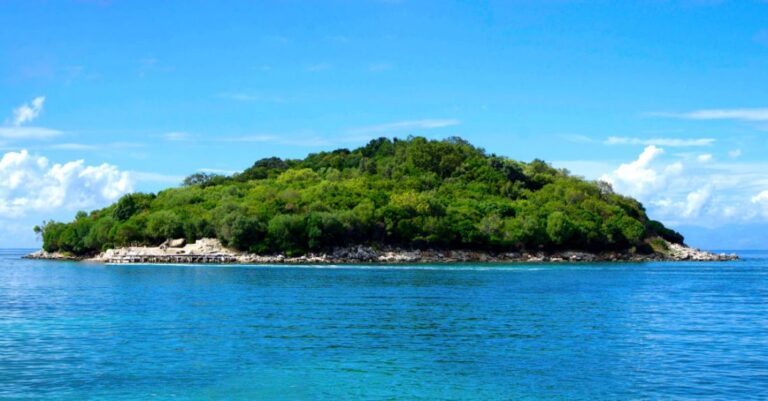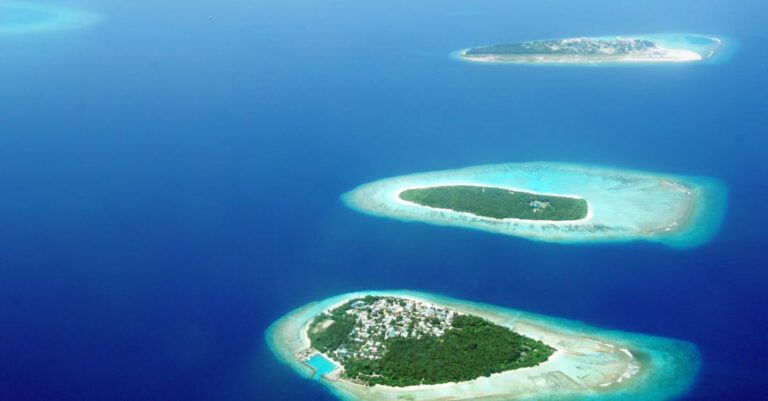
Throughout history, the Galapagos Islands have captivated explorers, scientists, and travelers alike with their unique biodiversity and stunning landscapes. However, beyond the natural wonders of this remote archipelago, the history of human settlement in the Galapagos is a tale of discovery, exploitation, and conservation efforts.
Discovery and Early Exploration
The Galapagos Islands were first discovered by chance in 1535 when the Bishop of Panama, Tomas de Berlanga, drifted off course while sailing to Peru. Struck by the rugged beauty and diverse wildlife of the islands, de Berlanga’s accounts of his unplanned visit sparked interest in the region among Spanish explorers. However, it wasn’t until the late 16th century that the islands were officially mapped and named after the giant tortoises that roam the land.
Pirate Havens and Whaling Stations
As news of the Galapagos spread, the islands became a haven for pirates and whalers in the 17th and 18th centuries. Drawn to the abundant marine life and freshwater sources, these seafarers used the Galapagos as a base for replenishing supplies and repairing their ships. The islands’ isolation and rugged terrain made them an ideal hideout for those seeking refuge from the law.
Colonization Attempts and Failed Settlements
In the 19th century, several attempts were made to establish permanent settlements on the Galapagos Islands. The most notable of these endeavors was initiated by Ecuador in 1832 when President Juan Jose Flores claimed the archipelago as part of Ecuadorian territory. However, due to the harsh conditions, lack of resources, and frequent conflicts with the native wildlife, these early settlements failed to take root, and most colonists eventually abandoned the islands.
The Influence of Whalers and Guano Miners
Despite the failed attempts at colonization, the Galapagos continued to attract outsiders seeking to exploit the islands’ natural resources. Whalers hunted marine mammals for their oil, while guano miners harvested bird droppings as a valuable fertilizer. These industries had a significant impact on the islands’ ecosystems, leading to declines in wildlife populations and habitat destruction.
Conservation Efforts and UNESCO World Heritage Status
In the 20th century, the Galapagos Islands gained international recognition for their unique biodiversity and ecological importance. In 1959, the Ecuadorian government declared 97% of the archipelago’s land area a national park to protect its fragile ecosystems. Subsequent conservation efforts led to the establishment of the Charles Darwin Research Station, which conducts research and conservation programs to preserve the islands’ flora and fauna.
Today, the Galapagos Islands are a UNESCO World Heritage Site and a mecca for ecotourism, attracting visitors from around the world who come to witness the iconic wildlife that inspired Charles Darwin’s theory of evolution. While human presence on the islands is strictly regulated to minimize impact on the environment, ongoing threats such as invasive species, overfishing, and climate change continue to pose challenges to the conservation efforts in the Galapagos.
In conclusion, the history of human settlement in the Galapagos is a complex narrative of exploration, exploitation, and conservation. From the early discoveries by Spanish explorers to the failed colonization attempts and the subsequent conservation initiatives, the islands have undergone significant changes over the centuries. Today, the Galapagos stand as a testament to the delicate balance between human activities and environmental preservation, serving as a reminder of the importance of safeguarding our planet’s natural treasures for future generations.





